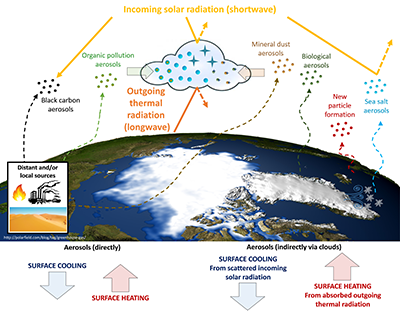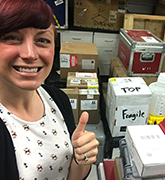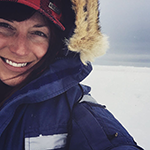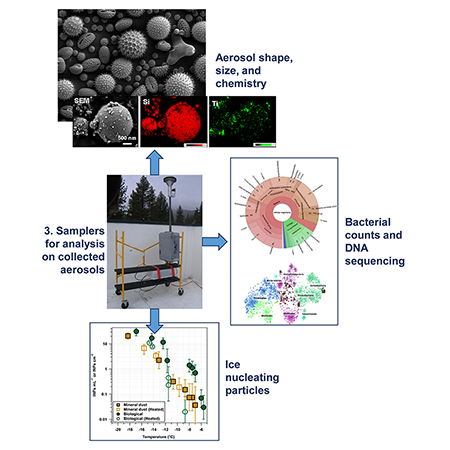About
From August 26 to September 16, 2017, the NOAA Physical Sciences Laboratory (PSL) and CIRES will participate in a field study aboard the USCGC Healy to sample aerosols over the Arctic Ocean. The icebreaker will depart Dutch Harbor, Alaska and sail through the Bering Strait into the Chukchi Sea in open water. The science party is composed of predominantly microbiologists from various institutions, and a couple atmospheric scientists. The lead PI for these NOAA Climate Program Office funded measurements is Dr. Jessie Creamean, a CIRES researcher at PSL, whose background is in aerosol chemistry and ice nucleation. Creamean will deploy several of her aerosol samplers and collectors to evaluate the chemical and biological components of the aerosols in collaboration with her colleagues from Virginia Tech (Professor David Schmale III) and University of Michigan, Ann Arbor (Professor Kerri Pratt). In addition, Creamean plans to collect seawater samples to evaluate ocean particulates as a source of local aerosol.
Goals
The goal of the campaign is to understand the sources of aerosols over the remote Arctic Ocean, in addition to investigating their potential to impact cloud ice formation through ice nucleation measurements from the samples she will collect onboard the Healy. The overarching goal of the campaign, which Creamean has named Ice Nucleation over the ARCtic Ocean (INARCO), is to better understand the types and sources of aerosols that impact Arctic clouds.
Motivation

The Arctic is warming at an alarming rate when compared to the global average, known as the Arctic amplification phenomenon. A warmer Arctic is of great concern due to the potential impacts, such as permafrost melt releasing carbon greenhouse gases, changes in precipitation patterns, melting glacial ice contributing to sea level rise, and melting sea ice exposing the absorbing ocean surface, each of these inducing feedbacks that contribute to further warming. Additionally, higher Arctic temperatures can modulate atmospheric circulation patterns, which can affect extreme weather events in regions outside of the Arctic.
One contributor to Arctic radiative forcing and warming that is among the least understood is aerosol particles: from where they originate, how they transform in the atmosphere during transport from their sources, and how they impact the surface radiation budget directly and indirectly by serving as seeds for cloud droplet and ice crystal formation. In particular, how aerosols impact ice formation in Arctic clouds remains poorly understood. Characterizing aerosol chemical, physical, and cloud nucleating properties is pertinent to evaluating of the role of aerosols in altering Arctic clouds.
Experimental Design

|
A number of instruments will be deployed to evaluate aerosol composition and ability to modify cloud properties. First, Creamean will operate an instrument on the Healy that gives information on the total amount of aerosols in the atmosphere and the types and amounts of metals in those aerosols, such as iron, calcium, and lead. Second, she will operate a handheld particle counter that gives information on the size and number concentration of aerosols in the atmosphere. Third, she will deploy two samplers that collect aerosol loadings for offline analysis, including: (1) the shape and chemical makeup of single particles, (2) bacterial concentrations and DNA sequencing, and (3) the concentrations of particles that have the ability to form cloud ice at sub-zero temperatures, called Ice Nucleating Particles (INPs). Lastly, she will deploy a meteorological station to give information on temperature, humidity, wind speed, and wind direction to help assess aerosol sources and processes.
Resources
Ship and Instrumentation |
About Dr. Creamean |
Project Collaborators |


